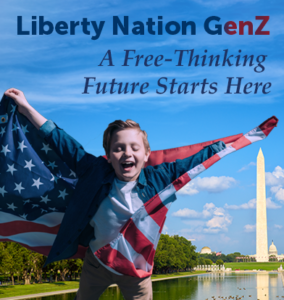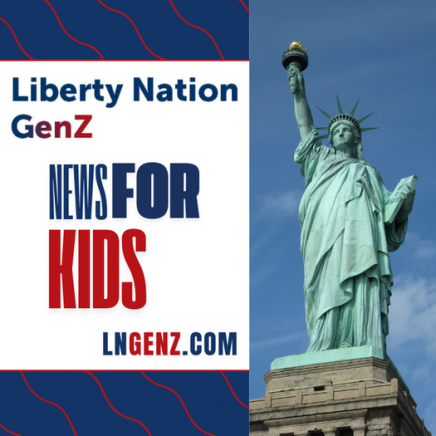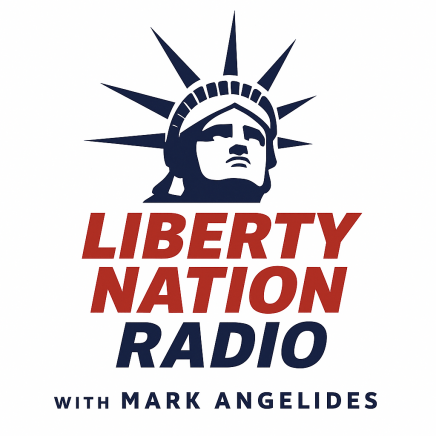If Coronavirus has taught Wall Street anything, it is that it will always have a friend in the Federal Reserve – like a Randy Newman tune. The central bank might be shy and coy at first, but the chief occupants of the Eccles Building will always open their arms and give the bulls and bears a big hug. The Fed is bailing out The Street like nobody’s business. However, this unprecedented multi-trillion-dollar tsunami of money-printing will lead to unintended consequences and moral hazards, igniting a highly flammable mixture of irresponsibility and distortions never seen before in the open market. Will this firestorm burn the entire economic system to the ground, or will it just add more lacerations to a burned corpse?
Moral Hazard: A Primer
In economics, a moral hazard is when a party participates in a risky event, confident that it is shielded against the risks since the other party will bear the costs. The Government is spending like sailors who got drunk on cheap hooch on their maiden voyages, only to get bailed out by the Fed acquiring Treasurys. Too-big-to-fail financial institutions are permitted to play craps, blackjack, and baccarat since they will, in the end, be bailed out by taxpayers. Mortgage lenders pushed to approve applications from subprime borrowers because the funding is guaranteed by Fannie Mae, Freddie Mac, Congress, and the Fed.
Legendary economist Friedrich Hayek contended that the creation of the Federal Reserve System was the premier example of moral hazard in the finance industry. Since the intent of the central bank is to mitigate a financial crisis by rescuing banking entities from liquidity mishaps, acting as the lender of last resort, commercial banks are incentivized to extend vast sums of credit. He posited that in a central bank-free economy, excessive credit creation is restrained by fear of failure.
Hayek wrote in a 1925 article, entitled “Monetary Policy in the United States After the Recovery from the Crisis of 1920”:
“It cannot be taken for granted that a central banking system is better suited to prevent disturbances in the economy stemming from excessive variations in the volume of available bank credit than a system of independent and self-reliant commercial banks run on purely private enterprise (liquidity, profitability) lines.
“In the absence of any central bank, the strongest restraint on individual banks against extending excessive credit in the rising phase of economic activity is the need to maintain sufficient liquidity to face the demands of a period of tight money from their own resources.”
What Fed Chair Jerome Powell is doing today will spawn moral hazards that are as toxic as the waste found at a nuclear power plant – or in the Swamp.
QE Infinity – Poison or Cure?
Former Fed Chair Ben Bernanke conceded more than a decade ago that the central bank was slow to react to the housing crisis – the very one that his predecessor, Alan Greenspan, created. Bernanke made up for it by hopping in his helicopter, flying over Wall Street, and dropping bags of money. The three rounds of quantitative easing included slashing interest rates to historical lows, scooping up government debt, and enacting extraordinary measures to prevent an economic collapse.
The Fed may have acted like a schoolmarm, waving its ruler in rebellious teenage faces and demanding they heed her authority. To avoid detention after school, these petulant children repeatedly said sorry without any remorse. Eventually, they returned to their raucous behavior of loitering in front of convenience stores and tossing pennies against the wall – popped up leather jackets and all.
Neither Main Street nor Wall Street learned their lessons, delving into the same reckless behavior that got them into trouble in the first place. The Coronavirus pandemic provided both ecosystems with excuses that the market meltdown and public panic were not their faults. It was the bats! COVID-19 pricked the “everything bubble” and exposed the unsound fundamentals, forcing the Fed to kick dirt over the pile of bodies, reminiscent of a gangster movie.
In just one month, the Fed has taken unprecedented action that will serve as the de facto policy anytime there is the slightest tremor in the broader market. As fast as you can read a Dr. Seuss tale, the Powell Putsch has cut rates to zero, launched QE infinity, bought billions in Treasurys, and poured into muni-bonds and corporate debt – and these measures are about as strange as any Seussian story, too.
Wall Street now understands how far the Fed is willing to go, making it an inevitability that the financial titans will push their luck and see how far they can go. In the Coronavirus aftermath, the system – from the big banks to the Swamp monsters – will potentially leverage like nobody has ever leveraged before. If a contagious respiratory illness can force the most powerful institution in the world to buy anything and everything at any price, then what happens when the real bust in the business cycle happens and bubblemania deflates?
Lethal Overdose
Critics of the Federal Reserve System have lamented for decades that many elements of the central bank’s policies distort and manipulate. From artificially controlling interest rates to inflating the money supply, opponents make the case that the U.S. economy cannot function without training wheels. When the Fed was tightening, it was evident that the foundation was a bit shaky and that financial markets were not confident in riding their bikes alone. Proponents will typically point to the long-term achievements of markets and America’s economic standing in the world to highlight the Fed’s efficacy. When you peddle narcotics to get investors high, asset valuations will inevitably ascend to cloud nine, too – it is the lethal overdose about which “End the Fed” advocates worry.
~
Read more from Andrew Moran.
For home study students and young people, Liberty Nation recommends…
All About the Federal Reserve and Money
High School: What Is the Federal Reserve? Pros and Cons
Middle School: What Is the Federal Reserve?
Elementary School: What Is Money?
All About the Government Response to Coronavirus
High School: White House Acts on Coronavirus
Middle School: Trump Takes Action on Coronavirus
Elementary School: Trump Versus Coronavirus
Watch Now
Video: Why Do Free Markets Work?







